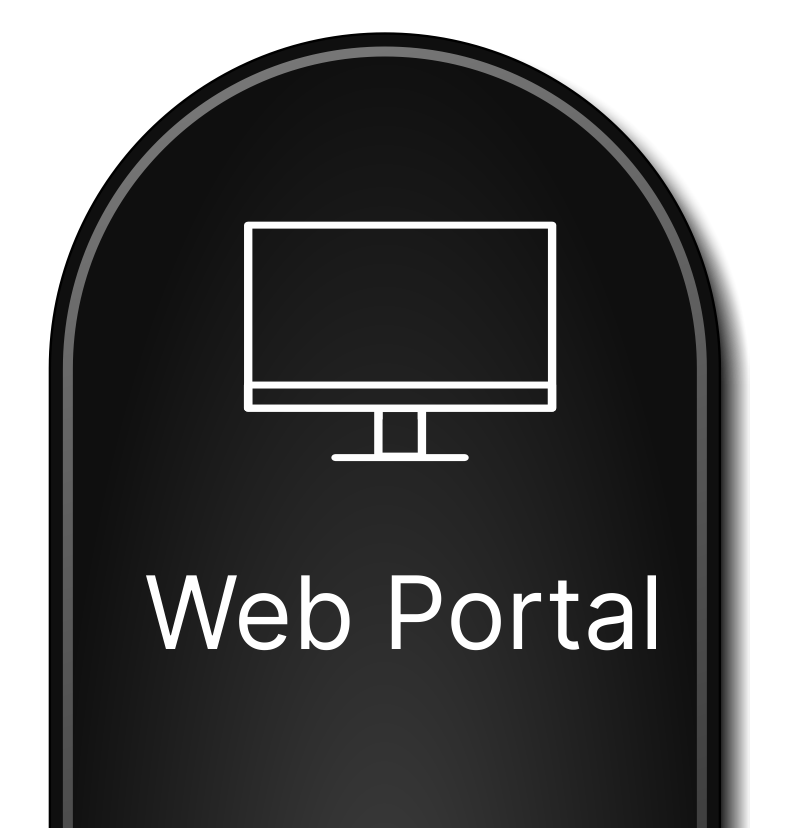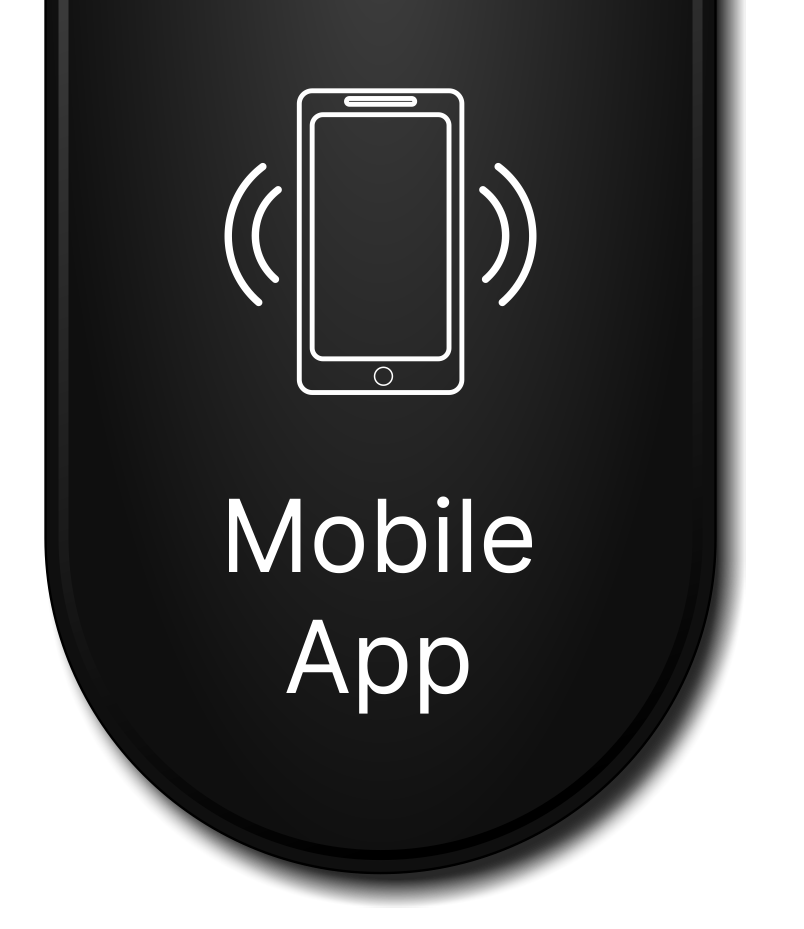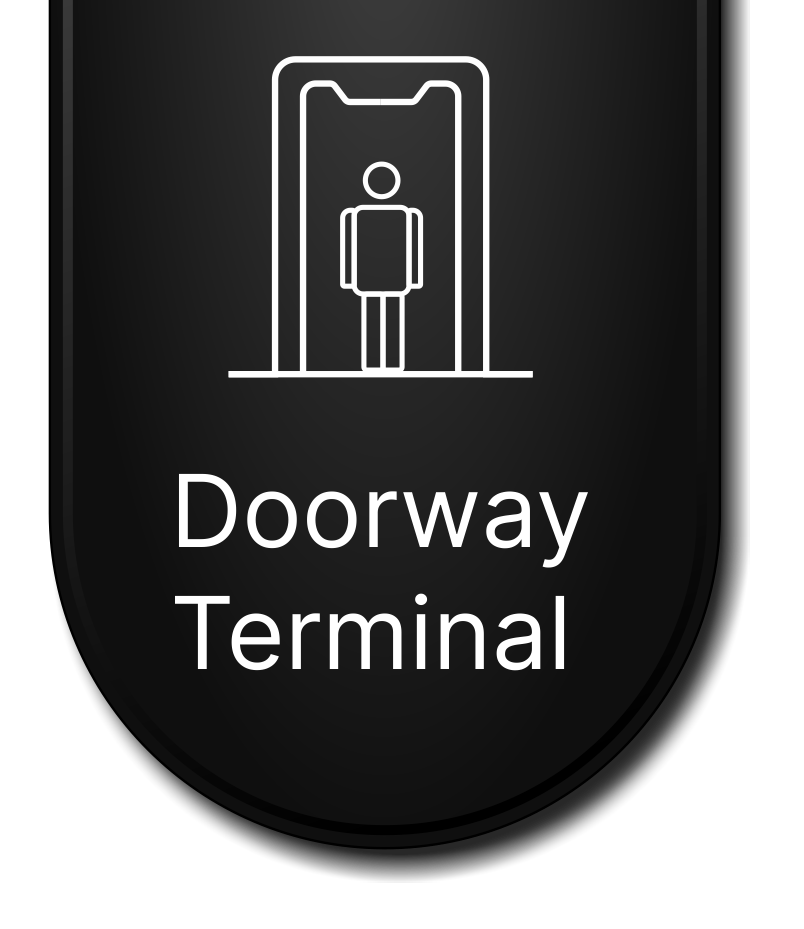There is a lot of growth experienced in the mhealth- digital health space. This change was heightened by the outbreak of the Covid-19 epidemic. Strict measures were put in place to control the spread of the virus which inadvertently created a need for digital healthcare services. Millions of people are able to access treatment plans without having to go to a physical hospital:
Disruption of the supply chain
The Covid-19 pandemic created a supply disruption for a lot of people. Governments had put in no movement orders which restricted a lot of human interactions. Patients who were often referred to far-off countries to seek specialized treatment could no longer do that as most countries in the world had closed off their airspaces. This prompted scientists and researchers in all related fields to try and come up with innovative ways to solve this problem. The use of apps created specifically to deal with health issues offered the reprieve. Many people could therefore have remote diagnostic examinations and screening conducted on them. The DOCSUN Doorway Terminal is an example. The app is useful in monitoring a person’s vitals to determine if symptoms exhibited could be of Covid-19 or any other respiratory diseases.
Expensive healthcare
The question about costly healthcare paid a huge part in the development of digital healthcare. Medical tests and screening have become very expensive ventures for most people especially those in the low-income bracket. The introduction of digital health has however cut down the cost since most mobile apps offer the services either free or at a very low cost that will not burden the low-income patient.
Milestones brought about by mhealth
The digital healthcare sphere has undergone tremendous milestones. This includes the remote monitoring of patients, artificial intelligence, a lot of big data analytics, smart wearable devices, and tools that enable the remote transfer and storage of relevant information across the health sphere. This means that a lot of information will be readily available to both the health practitioners and the patients so that the right medical procedure can be undertaken to incase of an emergency situation.
Digital health has further brought down the cost of healthcare. This has been done through better organization of the healthcare system. There has been improved communication between medics and patients and also between medics themselves which has reduced inefficiency in the medical sector. There have been systems put in place to make sure the healthcare sector is efficient that includes patients can easily undertake diagnostic procedures at the comfort of their homes, medicines, and drugs have caps that have motion detectors that are used to alert the healthcare provider when a patient has or has not taken their prescription or doses.
Use of artificial intelligence
There have been trials taken to see the viability of using artificial intelligence to come up with robots, that would in turn give medical advice. The robot would be an advanced computer that would be fed enough data on every new patient then use the information to provide a diagnosis to the patient, the robot will, in turn, provide a health plan and also notify the healthcare practitioners just in case a problem arises.
https://www.youtube.com/watch?v=W15uASLerho
Language barrier
A lot of people are not conversant with the medical jargon that most doctors use. A lot of mhealth apps have been created that are tasked with simplifying the language for the patients. Some apps have also included language interpretation tools to make sure that people in critical conditions are not left waiting for in-person language translators. This can also be achieved through phone and video-conferencing tools and devices.















